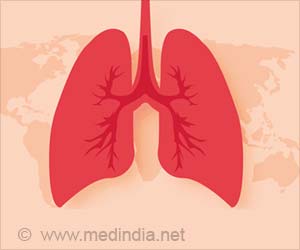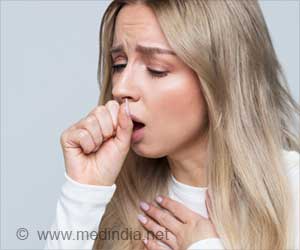They might be popular educational tools and pets, but Madagascar hissing cockroaches host potent mold allergens that could trigger allergies in the kids and adults who handle the bugs, according to a new study.
Researchers at the Ohio State University suggest that the creature’s hard body and feces are home to many mold species that could cause allergies in people who work in close vicinity to them.The team has identified 14 different types of mold on and around this species of cockroach, including several molds associated with allergies and others that can cause secondary infections if they enter the lungs or an open wound.
“This is mainly a point of public awareness. We are not criticizing their use. We are just saying that if you handle these cockroaches, you should wash your hands when you’re done,” said Joshua Benoit, lead author of the study and a doctoral candidate in entomology at Ohio State University.
“It’s also best to maintain the cage. It’s not a pet you can ignore. Without regular cleaning, feces will build up, and the old exoskeletons they shed will build up. And that’s where a lot of the problems happen,” he added.
The natural life of the Madagascar hissing cockroach, or Gromphadorhina portentosa, is not well understood. But in captivity, the insects thrive on dog food and fruit, reproduce plentifully and do not bite. They grow to between 2 and 3 inches long and 1 inch wide, and will make their characteristic hissing sound if they are squeezed or otherwise feel threatened.
Benoit, an allergy sufferer himself, suspected the insects’ large bodies and moist living environments might combine to create a prime breeding ground for mold.
Advertisement
The research group tested the feces first, and, as expected, found mold in the bugs’ waste. Then the team examined the giant cockroaches themselves, both outside and inside their bodies, to see what other allergens might be present.
Advertisement
Colonies of the mold species Aspergillus niger, a common contaminant of food, were particularly plentiful in the feces and external shells that had been discarded as the insects molted. Few molds were found inside the cockroaches’ bodies.
Molds are fungi that grow best in humid conditions, and spread and reproduce by making spores. Benoit said all of the mold species found on and around the hissing cockroaches are capable of producing huge quantities of spores.
The research is published in the March issue of the journal Mycoses.
Source-ANI
SRM/L






